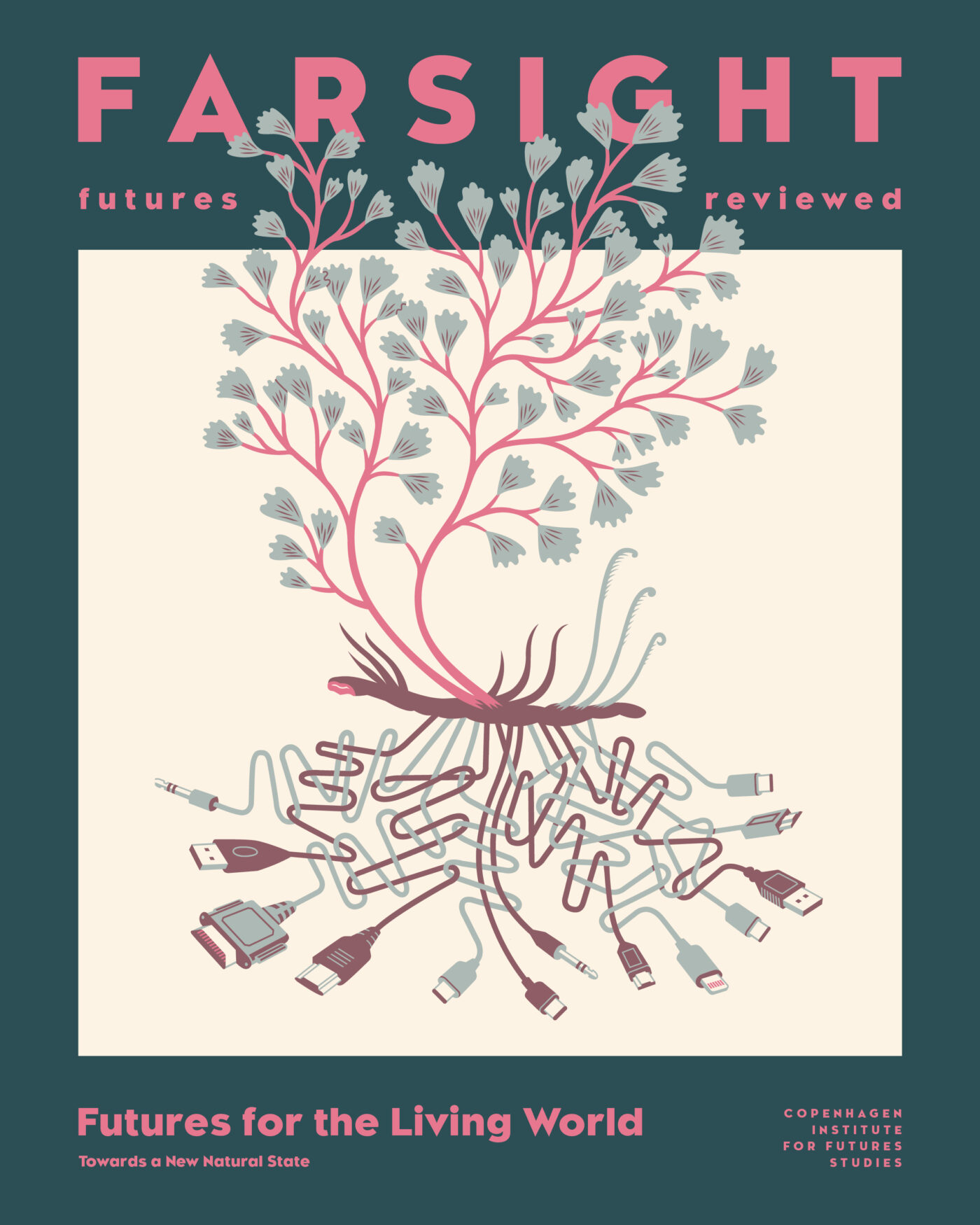
In turn, we use cookies to measure and obtain statistical data about the navigation of the users. You can configure and accept the use of the cookies, and modify your consent options, at any time.

Modelling the Future of the Biosphere
Why is it that forecasting ecosystem change is so much harder than for its climatic counterpart?
At the International Panel on Climate Change (IPCC) headquarters in Geneva, the whirring sounds of supercomputers crunching mathematical equations is a helpful reminder of what the directives of COP21, sustainability reports of the UN, and national climate objectives all have in common: their science is based on the highly complicated models that these supercomputers run. Without them, climate policy would be nowhere near as prescient as it is today.
Climate change science is largely based upon what are known as General Circulation Models, which use the physics of the atmosphere to simulate the planetary climate and its complex yet also partly predictable processes. The significant advances of these models in recent history can be explained by how well atmospheric science lends itself to statistical modelling. Although greenhouse gases do not all behave in the same way, in the context of climate science, each gas can be reduced to a few variables broadly measuring its individual Global Warming Potential. Using these physical and mathematical variables as a basis, complex models that sometimes take months to compute can be created.
Although these kinds of forecasting models have become indispensable for the formulation of climate policy, the existential risk of environmental change cannot be reduced to the atmosphere alone; it must also include the complex web of the biosphere – the sum of all the Earth’s ecosystems on which the air we breathe, the soil that we grow crops in, and the animals we eat all depend. Indeed, maintaining healthy ecosystems is just as important to humanity as changes in the climate, yet it is often neglected by policymakers.
One reason for this may lie in the differences between modelling ecosystems versus the climate. Compared to the progress made in climate models, models measuring ecosystem change are still in their early stages of development. And for wide-ranging, long-term, and transformative policy decisions to be formulated at the political level, clear scientific evidence is required.
Dr Tim Newbold, a research fellow at University College London, explains that the reason for this asymmetry is both due to the sheer scale of different variables in ecosystems, as well our relatively limited understanding of how ecosystems actually work. It is partly also because we haven’t invested in collecting that sort of information, he argues.
“Generally, there is a lot more money going into researching climate change than researching biodiversity change. There are signs that this is changing, but within biodiversity research there has been more of a focus on the impacts of climate change rather than, say, habitat loss.”
Whereas climate models have the physical laws of atoms and their properties to work with, ecosystem modellers must deal with the innately unpredictable behaviour of living organisms. Modellers are also challenged by the significant interdependency of variables in ecosystems: if insect populations are declining, is it because of an increase in predatory birds, or degrading soil nutrient quality caused by desertification? Perhaps it’s a combination of both – or maybe both are affected by the pesticides in agricultural runoff water nearby. Determining what is facilitating change in ecosystems is much harder when each variable can not only act in multiple ways but can also be affected differently by other variables as well. The inherent non-linearity of ecosystem dynamics requires models that are both more sophisticated and which can accommodate this interplay. Such models are known as mechanistic General Ecosystem Models (GEM), and so far, only one kind exists that includes both terrestrial and marine systems: the Madingley model. Dividing the globe into 200km2 climate-specific cells, it uses certain “key aspects of life” for every organism of one’s choosing. By combining this query with actual data, the model can provide a generalised overview of how a healthy ecosystem should look in a given area.
A limitation of the Madingley model is what also makes it so useful – its generalisability. Because the biosphere is not as reducible as the atmosphere, any generalisation of the former will inevitably paint an image that is somewhat askew, especially if the data needed to paint a full picture is lacking. Although interest in biodiversity conservation and information collection is growing, it is nonetheless skewed to some groups of species over others.
However, hopes and expectations are aligned for the future of ecosystem modelling in the scientific community – partly out of existential necessity, but also because of technological progress catalysing action in the field. Examples in the commercial sector include the Danish start-up FaunaPhotonics, who combine the trends of precision agriculture and biodiversity conservation to produce remote insect monitoring technology that can help ecologists develop better-informed models. Ultimately, models alone won’t be enough to change things. It will take institutional, academic, and public recognition of the need to safeguard the biosphere. Though the complexity of ecosystems currently hinders our ability to produce the kind of hard-hitting, data driven science that has pushed climate change to the throne of environmentalism, leaders must nonetheless acknowledge and act on it now.
According to the latest report published by the IPBES (the Intergovernmental Science-Policy Platform on Biodiversity and Ecosystem Services) more than 75% of agricultural crop types rely on animal pollination to survive and an average of 25% of animal and plant groups are threatened by extinction. Furthermore, as carbon sinks, marine and terrestrial ecosystems absorb the equivalent of almost 60% of anthropogenic carbon emissions. Ignoring the deteriorating health of the biosphere, despite its consequences being most immediate, is an action humanity cannot afford to take.
“We are talking years, rather than decades, when it comes to the urgency of biodiversity decline in ecosystems,” Dr Newbold reminds us.

For more articles like this, read the issue FARSIGHT: Futures for the Living World